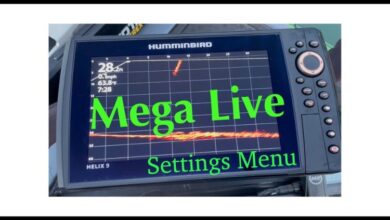Troubleshooting Guide: GE Dishwasher Not Draining – Quick Solutions for Optimal Performance

If you own a GE dishwasher and have encountered the frustrating issue of it not draining properly, you’re not alone. A non-draining dishwasher can be a significant inconvenience, causing water buildup and potentially leading to malfunctions. In this comprehensive guide, we will explore the common reasons why your GE dishwasher might not be draining and provide you with practical solutions to restore its optimal performance. So, let’s dive into the world of troubleshooting your GE dishwasher not draining!
The first step in resolving
the “GE dishwasher not draining” problem is to inspect the dishwasher’s drain hose. Ensure that it is free from kinks, twists, or any blockages that might impede the water’s flow. The drain hose is a crucial component responsible for carrying out the wastewater from the dishwasher to the disposal or drainpipe. Any hindrance in the path of the drain hose can disrupt the draining process and result in water accumulation.
In addition to the drain hose
it is essential to check the dishwasher’s air gap. The air gap is a small, cylindrical device usually located near the sink. Its purpose is to prevent wastewater from backing up into the dishwasher. If the air gap becomes clogged with debris or mineral deposits, it can obstruct proper drainage. Therefore, inspect the air gap, clean it thoroughly, and ensure it is clear from any obstructions.
Sometimes, a GE dishwasher
may not drain due to a faulty or malfunctioning drain pump. The drain pump is responsible for expelling the wastewater from the dishwasher. If the drain pump fails, it can hinder the drainage process, causing water to accumulate in the dishwasher. To diagnose if the drain pump is the culprit, listen for any unusual noises or vibrations during the drain cycle. If the pump is indeed faulty, it may need to be replaced to restore proper drainage.
Another potential cause for a GE dishwasher
not draining is a clogged or obstructed dishwasher filter. The dishwasher filter is designed to trap food particles, debris, and other residues to prevent them from entering the drain pump or drain hose. Over time, the filter can become clogged, impeding the water flow and causing draining issues. Remove the filter from the dishwasher, clean it thoroughly under running water, and ensure there are no blockages. Reinstall the filter and run a cycle to test if the drainage problem persists.
Sometimes, an incorrectly installed or improper dishwasher installation can contribute to draining problems. Ensure that the dishwasher is installed correctly, with the drain hose properly connected to the sink’s drainpipe or disposal unit. If the installation was recently done or the dishwasher was moved, double-check all the connections and ensure they are secure and leak-free. A loose or improperly connected drain hose can lead to drainage issues in your GE dishwasher.
Lastly, a malfunctioning dishwasher
control board or timer can also be a potential cause of drainage problems. The control board controls various functions of the dishwasher, including the drain cycle. If the control board is faulty or experiencing an electrical issue, it may not initiate the drain cycle correctly. Similarly, a malfunctioning timer can prevent the dishwasher from advancing to the drain cycle. In such cases, contacting a professional technician to diagnose and repair the control board or timer may be necessary.
Conclusion
A GE dishwasher not draining can disrupt your daily routine and hinder the efficiency of your kitchen chores. By following the troubleshooting steps outlined in this guide, you can identify and resolve the underlying causes of drainage issues. Remember to check the drain hose, air gap, drain pump, dishwasher filter, and ensure proper installation. If all else fails, seeking professional assistance can help you diagnose and repair any internal.





